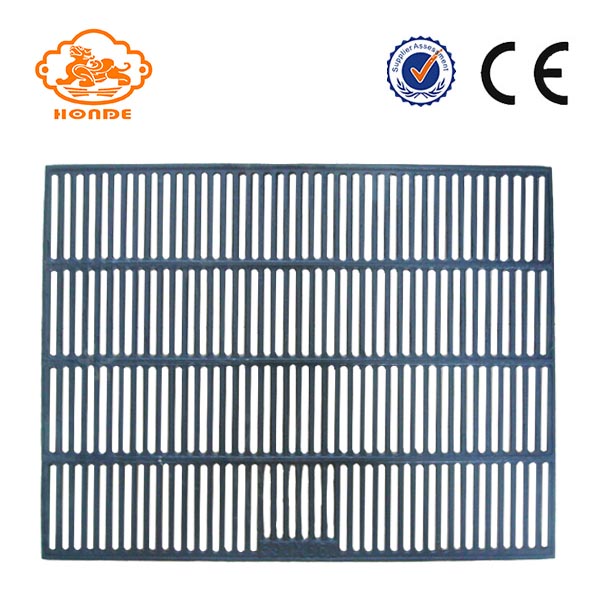1. Keep warm and warm. The window should be equipped with glass or nailed with a film, and a straw or cotton curtain should be hung on the door to prevent the cold wind from invading the rabbit house, so that the temperature inside the house should be maintained at 5 °C ~ 10 °C; properly increase the thickness of the mat grass, and often bedding grass. Turn over the sun and replace it; keep the rabbit house dry and comfortable; if necessary, sprinkle some grass ash or lime to absorb moisture, remove moisture, and disinfect. 2. Adjust the diet. In winter, the temperature of rabbits should be increased by 20% to 30% in general. In particular, some high-energy feeds, green leaves, carrots, and other vitamin-rich feeds should be appropriately increased; the amount of green feed should not be less than 30. %. The winter nights are cold and the time is long. In order for the rabbits to receive more energy, the number of feedings and the amount of feedings should also be appropriately increased. During the night from 8 to 9 hours, a feed should be added. 3. Provide plenty of warm drinking water. 4. Proper exercise. Choose sunny noon and place the rabbit in a dry place or small yard where the fence and sunshine shoot directly to exercise for 0.5 to 1 hour to prevent fighting and biting. 5. Do a good job of winter breeding. In order to do a good job of winter breeding of rabbits, both male and female rabbits should maintain medium sensation. Male rabbits should be kept in an environment where the temperature is not lower than 10°C. Breeding should be done at noon. Breeding female rabbits should try to feed some green feed, germinating barley, or add vitamin E to the feed to promote estrus. In order to improve the survival rate of puppies, they can be raised in plastic greenhouses, semi-underground rabbit houses, and indoors, and breeding methods such as maternal separation can be used. The pups should be kept in a greenhouse at about 20°C before weaning. The litter box can be cleaned and dried with chicken feathers. 6. Timely shearing. When the rabbit's hair reaches a standard, select sunny weather, avoid rain, snow, and cold weather. Generally only long hair is adopted, short hairs are kept, and abdominal hair is less used to avoid cold. After cutting the hair, in order to prevent catching a cold, care should be taken to keep it warm and cold. 7. Prevent and control diseases. Winter rabbits are prone to parasitic diseases and viral diseases. Pay attention to frequent cleaning of rabbit houses, cleaning of food bowls, maintenance of cages, utensils, and cleanliness of the house; often mixing some garlic or chili powder in the feed, it is forbidden to feed frozen feed. Rabbits are prone to frostbite during the winter and some antibiotic ointment can be applied to the frostbite. If necessary, the wound can be bandaged to prevent infection.
We specialize in producing high-quality Pig Flooring Systems, the products are exported to all over the world, has been recognized by customers in various countries. pig flooring system is a floor covering for livestock farms. Our product is characterized by its ease of cleaning and installation, as well as the installation of other devices such as drinking fountains. Pig flooring system is made of high quality plastic or cast iron. It is divided into plastic slats and cast iron slats depending on the material. Plastic slats flooring is characterized by light weight, low cost, but it can withstand the limited weight; cast iron slats is characterized by strong, affordable weight, but at the same time its cost is relatively high, the weight is relatively heavy.
Pig Flooring Systems Pig Flooring Systems,Pig Farm Floor System,Pig Slat Flooring,Plastic Pig Flooring System HuangHua FengYi Honde Metal Factory , https://www.farrowingcratesfromchina.com
